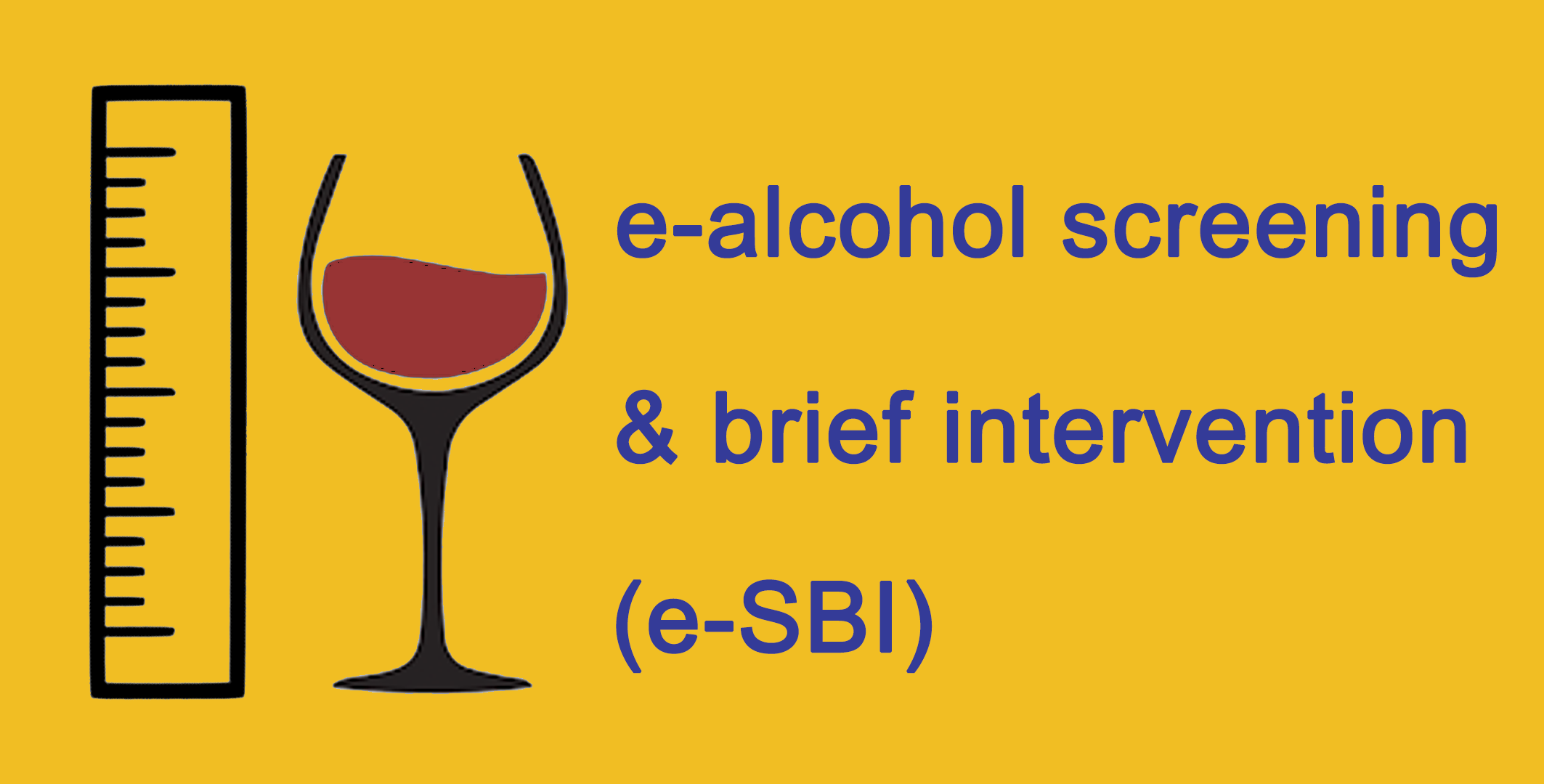NCD Watch
Be Active to Reduce Cancer Risk
25 Jan 2016 (Mon)
 The scientific base for an important role of physical activity as a means of cancer prevention is rapidly accumulating. To date, the evidence for reduced risk with increased physical activity is classified as convincing for colon cancer, probable for breast cancer (postmenopausal) and endometrial cancer.
The scientific base for an important role of physical activity as a means of cancer prevention is rapidly accumulating. To date, the evidence for reduced risk with increased physical activity is classified as convincing for colon cancer, probable for breast cancer (postmenopausal) and endometrial cancer.
While it is less clear about the domain (i.e. recreational, occupational, transportation or household), dose (including frequency, intensity or duration) and timing in life (such as during adolescence, young- or mid-adulthood) of physical activity being most preventive against cancer of particular sites, it is generally agreed that ALL types and levels of physical activity can help reduce cancer risk. Apart from limiting the time spent on sitting and doing as much light physical activity (e.g. walking, standing and stretching) as possible in everyday life, adults are urged to engage in at least 150 minutes of aerobic moderate-intensity physical activity (e.g. brisk walking, yoga, swimming or cycling leisurely), or 75 minutes of aerobic vigorous-intensity physical activity (e.g. jogging, aerobic dance, fast swimming or cycling), or equivalent amounts throughout the week. For children and adolescents, they are advised to accumulate at least 60 minutes of aerobic moderate- to vigorous-int ensity physical activity per day for optimal health and development.
|
The following are some tips for being more physically active:
|
Besides, the FAMILY Project, School of Public Health of The University of Hong Kong has produced a series of 0-1 Exercise videos. All the exercise are 3E (Enjoyable, Easy and Effective) and suitable for all family members to do together. Public can view the videos at the FAMILY Project’s website: http://www.family.org.hk/en/health-communication/0-1-exercises/ This link will open in a new window .






































